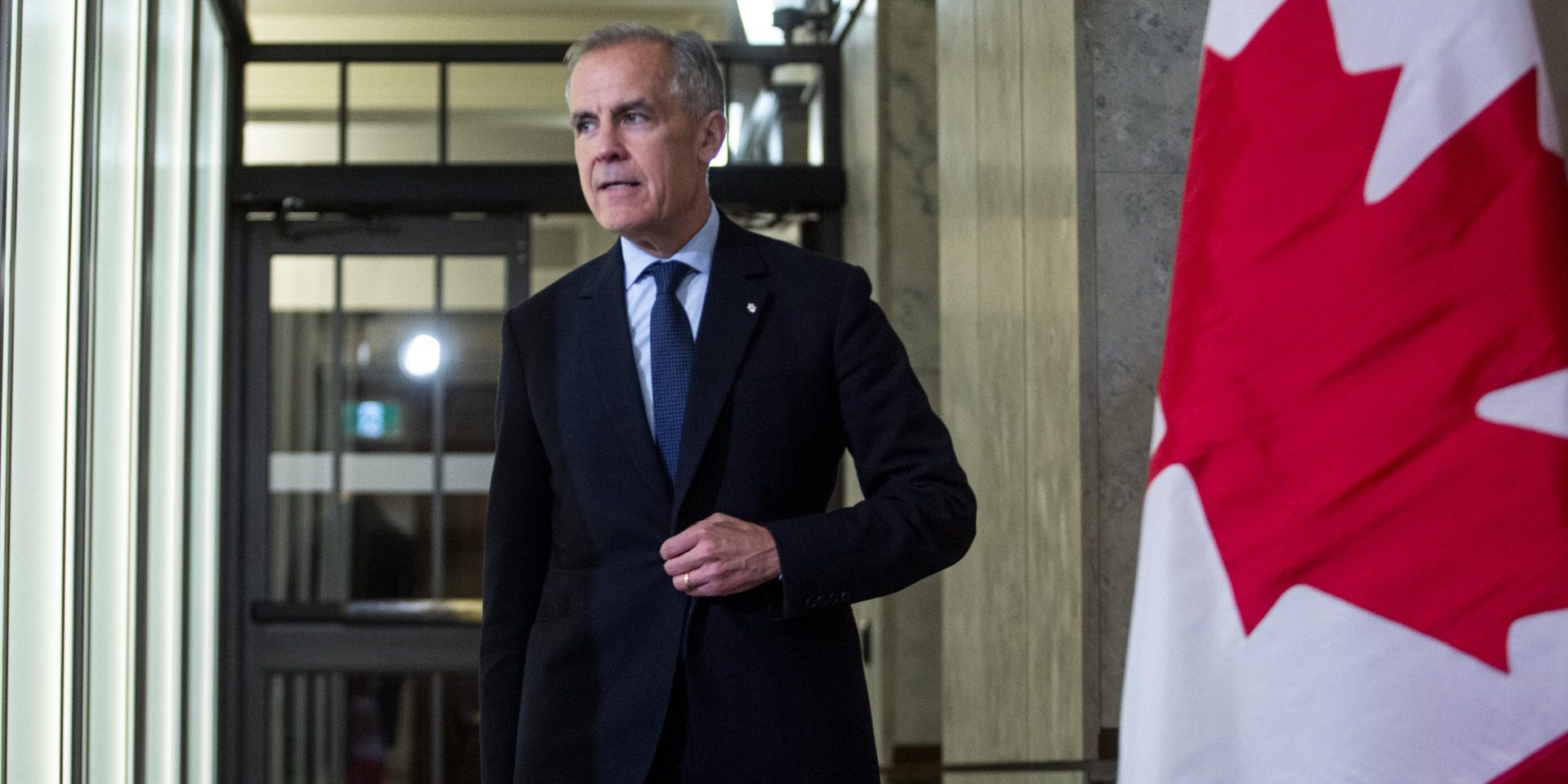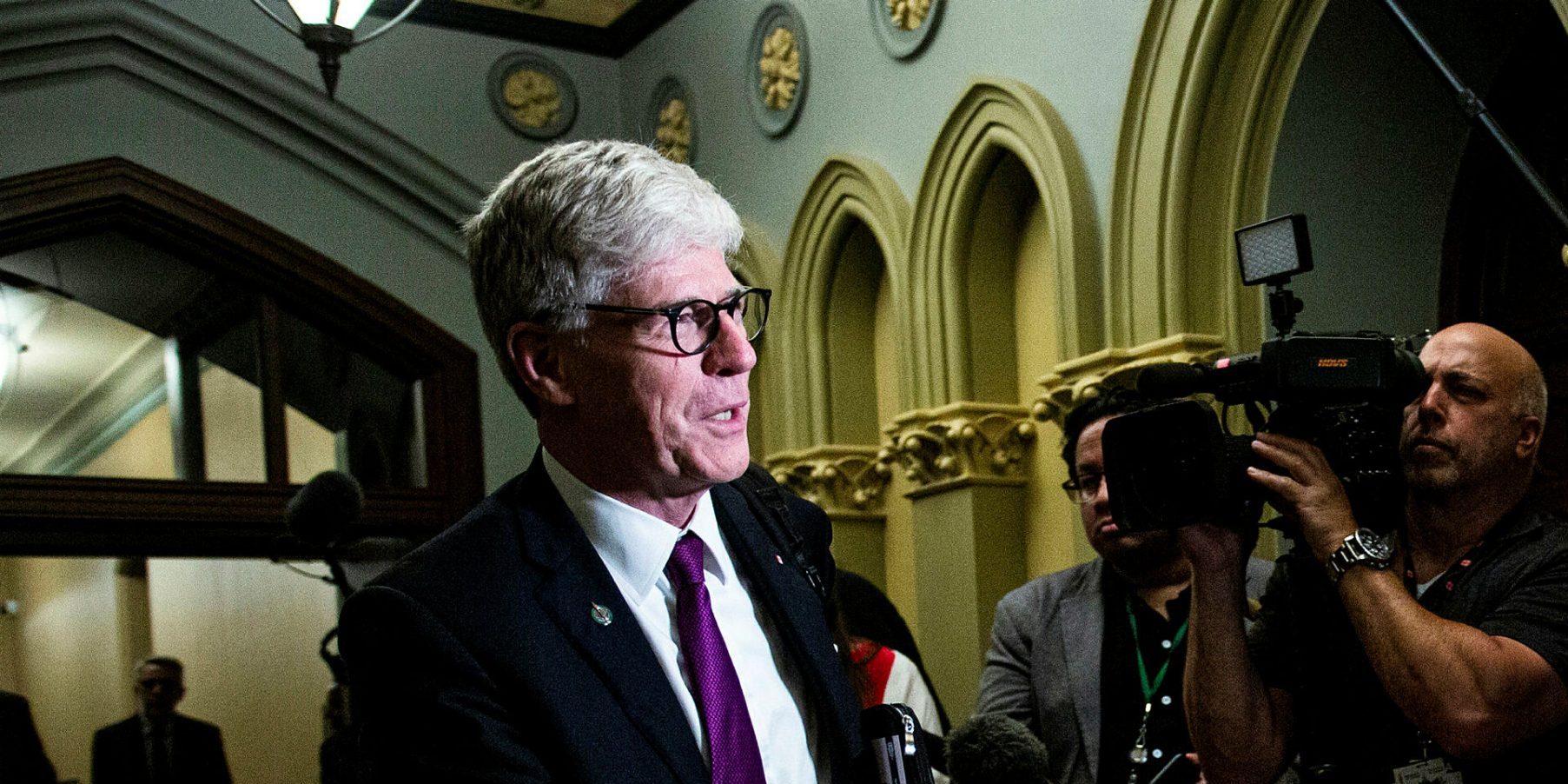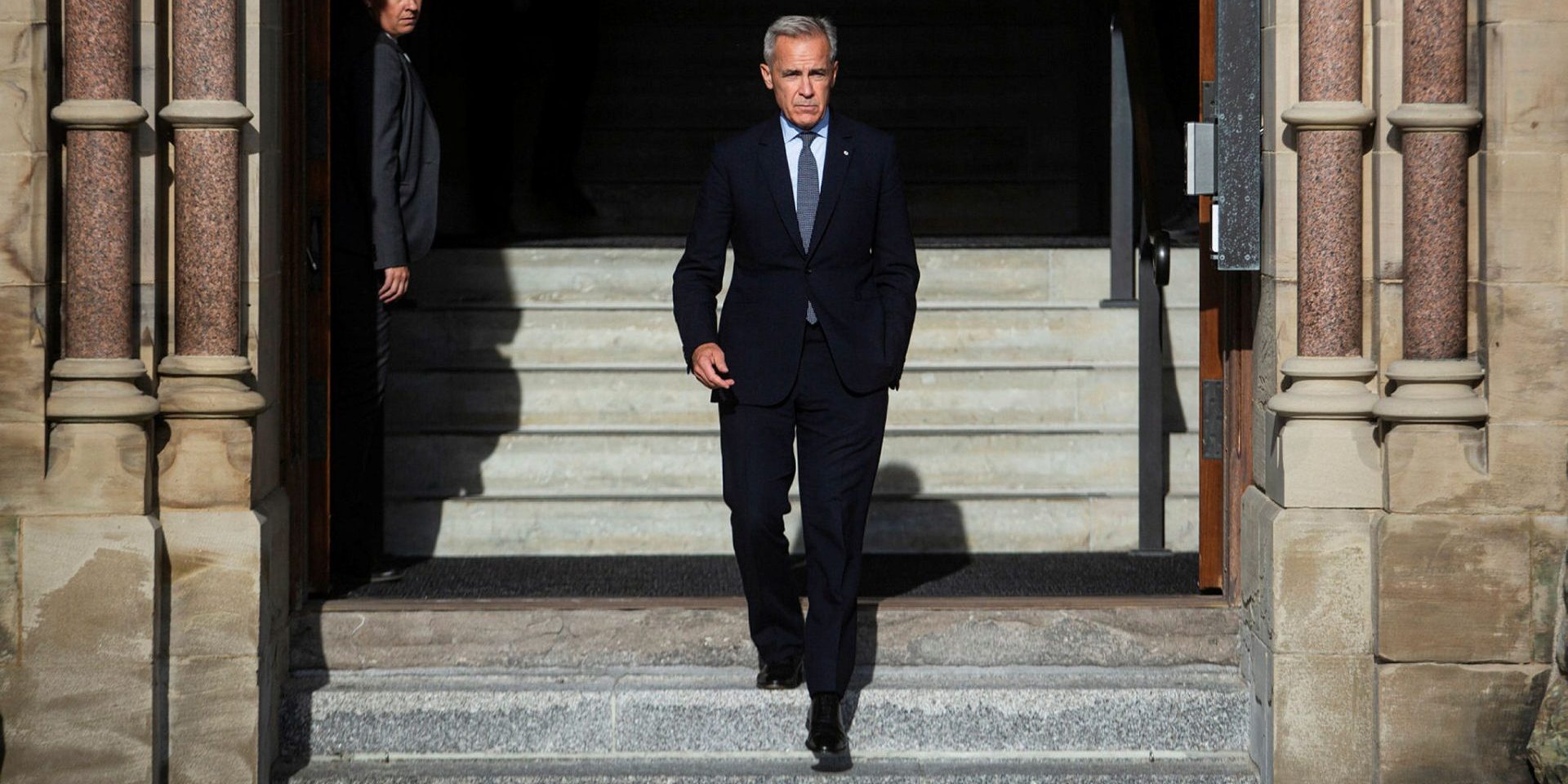Carney is already short-changing transparency

Prime Minister Mark Carney’s May 21 mandate letter to his 38-member cabinet outlining seven vague priorities felt like it was an artificial-intelligence-generated letter, and the start of a limited tailored information packaged regime.
The closest the mandate letter came to reminding cabinet of higher expected standards was near the end, when Carney said, “We will uphold the rule of law, protect our democratic institutions, and reinforce the unity of our country.”
Sometimes, the word “protect” is used to mean—in the public information sense—helping, enforcing, and ensuring that fulsome information gets released. But the term is primarily used to mean do not release, but protect data in whole or in part.
The mandate letter said his cabinet members in the coming weeks need to “identify how specifically” they could contribute to the seven general priorities and report back to him, but not the public. That sends a signal to expect even greater centralized control and messaging that is not conducive to the free flow of information in Ottawa.
Canadians may not see more data disclosed from the Carney minority government in priority areas like greater defence procurement and spending, or in promoting more Canadian companies winning government business.
So, do not set your expectations too high on Ottawa reversing its secrecy practices if the two below examples are any indicator of what will likely transpire.
Following the defence procurement trail
Consolidating defence procurement under one agency already has at least one outlier as Irving Shipbuilding has for several years been the prime procurement co-ordinator as well as a service participant in Canada’s largest-ever procurement project that calls for 15 new naval warships.
Not only have I and others been denied any financial data on the actual cost details and the Irving profits to date, but I have seven, eight-year-old outstanding requests on this project—three at Public Services and Procurement, two at Defence, and one at Industry Canada.
So will the Carney administration, as part of its scaling up of defence commitments and spending, really come clean on this multibillion-dollar project or change anything about it, and let us in on what he knows and does?
Getting Canadian control of government-purchased cloud services
Another area worth millions of dollars calls for ramping up the provision of cloud services for the Canadian government.
So, will Canadians really find out where our data is being stored, by whom, and at what cost?
PM Carney has promised that Canadian firms will get a healthier share of IT data-storage contracts, and Shared Services Canada has said they are considering a parallel process to award Canadian companies some cloud services, likely in niche and specialized areas.
However, for the past five years under the current federal cloud service framework agreements, two American IT companies—Microsoft at $624,098,126, and Amazon Web Services (AWS) at $226,238,403—received most of the federal agencies’ purchase orders issued, Shared Service Canada tells me. The only qualified Canadian-owned IT company, ThinkON Inc., just got $8,940,861 in purchase orders.
And now four American companies—Microsoft, AWS, Google, and Oracle—made the cut in an on-going tender call for a more “cloud-smart” future service. All four companies have hyper scale-massive computing data centre networks around the world on a scale not found in Canadian companies.
The problem still remains—as outlined in a 2024 Shared Services Canada document obtained under the access-to-information act—that “Canada lacks the ability to deploy digital infrastructure with agility and velocity, as well as capacity to scale and leverage emerging technologies to advance service delivery for Canadians.”
And further, there is “an aging, legacy infrastructure limiting the ability to advance its digital agenda.” It continues: “Couple that with a large sensitive data set, if compromised, [having] a significant impact on the security and privacy of Canadians.”
And there’s a risk that this “could result in significant financial implication for the Government of Canada” should this further transition to smarter cloud services procurement not work all that well.
Carney brought the media into the cabinet room for a photo-op as he signed a directive to start the process for a tax cut for some middle-class Canadians. But he seems to be intent on cutting the public out from knowing much about the big decisions his government has to try and make.
Ken Rubin is an Ottawa-based researcher and transparency advocate reachable via kenrubin.ca.
The Hill Times






 LICENSING
LICENSING PODCAST
PODCAST ALERTS
ALERTS


